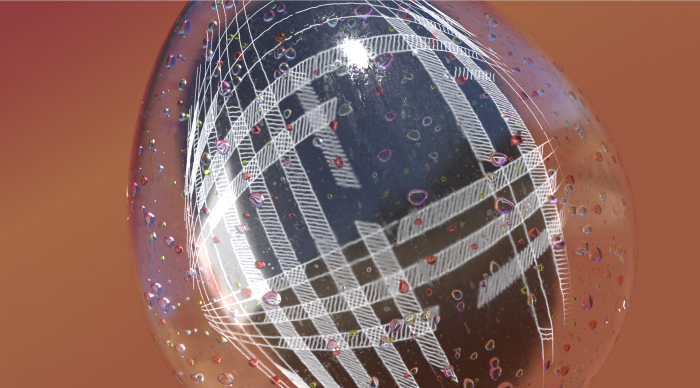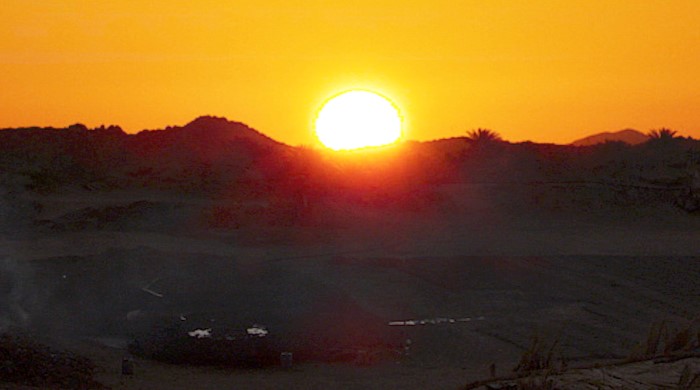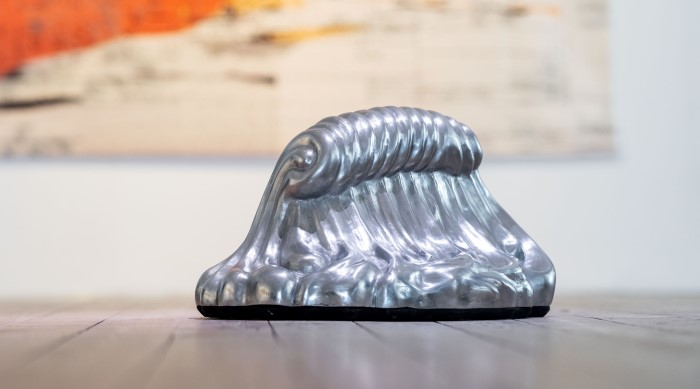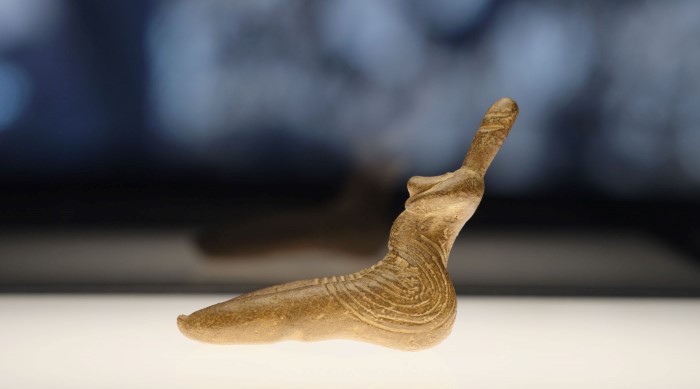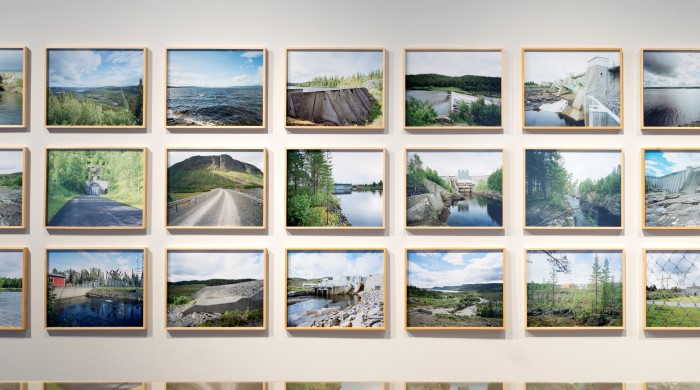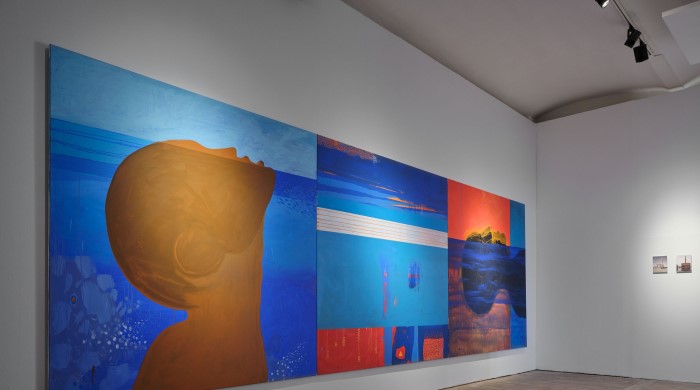All That Is Solid Melts into Water: hydropower, archeology, indigeneity(3)
All That Is Solid Melts into Waters brings together contemporary artworks, archaeological artifacts, and archival films to interrogate the crucial role that hydropower played in the process of modernisation on communities, their heritage and the environment.
Visual Identity Mooni Studio
Exhibition period: 24 September – 27 November 2022.
Curated by Rado Ištok in collaboration with Mariam Elnozahy
Participating artists
Ali Cherri (LB/FR), Padmini Chettur (IN) with Maarten Visser(NL/IN), Fadlabi (SD/NO), Hanni Kamaly (NO/SE), David Larsson (SE), Jesper Nordahl(SE), Katarina Pirak Sikku (SE), Raqs Media Collective (IN), Ala Younis (JO), and Anja Örn (SE).
Featuring artifacts from the collection of the Scandinavian Joint Expedition to Sudanese Nubia at the Gustavianum – Uppsala University Museum curated by Dr Aaron M. de Souza and archival films by Gadalla Gubara and Ragnar Kihlstedt
The internationalgroup exhibition All That Is Solid Melts into Water brings together contemporary artworks, archeological artifacts, and archival films to interrogate the crucial role that hydropower played in the process of modernisation, particularly since the 1950s, and its impact on Indigenous communities, their heritage, and the environment.
The exhibition’s focal point is the Nubian collection – on loan from Uppsala University’s Museum Gustavianum– collected by the Nordic archeologists as a part of the International Campaign to Save the Monuments of Nubia, launched in 1960 by UNESCO in response to the region’s imminent flooding due to the construction of the Aswan High Dam.
Built on the Nile, the dam was a major nation-building project of the newly independent state, pivotal to Egypt’s modernisation, yet at the cost of the flooding of northern Nubia and consequent displacement of its people and heritage, in both Egypt and Sudan. While today Nubia is split between the two countries, ancient Nubia was home to several empireswhich at one point conquered and ruled Egyptand at other times was invadedand annexed by Egypt.
While Swedish and other Nordic archeologists participated in efforts to save Nubia’s ancient heritage and various Swedish companies were involved in relocation of the iconic rock-carved temples at Abu Simbel, simultaneously, a series of large dams was constructed in the Swedish Sápmi. The Lule River in particular was impacted by the construction of dams such as Messaure, one of the largest dams in Europe at the time. The exhibition thus draws parallels between the impact of hydropower in Nubia and Sápmi and raises questions about the asymmetrical distribution of modernisation’s benefits and costs between the metropolitan seats of political power and Indigenous territories.
The focus on Nubia and Sápmi is further complemented by works addressing the history of hydropower efforts in South Asia, namely India and Sri Lanka. While the former could be seen as a model for Egypt’s modernisation, the latter is an instance of the Swedish hydropower’s expansion to the countries of the Global South, in search of new markets.
Ten contemporary artists respond in their newly commissioned and existing works to the subject of both social welfare and social mobility brought about by hydropower in countries like Sweden, Sudan, and Sri Lanka, and its toll in terms of irreversible changes to the historical landscape, traditional ways of living and knowing, and the ensuing feeling of loss that cannot be adequately compensated. The exhibition thus questions the modernist logic of development and progress, as well as heritage salvation, which often continue to dominate the visions of a sustainable future.
Collaboration
In collaboration with Gustavianum, Uppsala University Museum, Kunsthall Oslo and Museum of Cultural History in Oslo. The exhibition is supported by the Nordic Culture Fund’s Globus Opstart and Project Funding, and the Nordic Culture Point. The curatorial research was made possible with the support from the Helge Ax:son Johnson Foundation.



